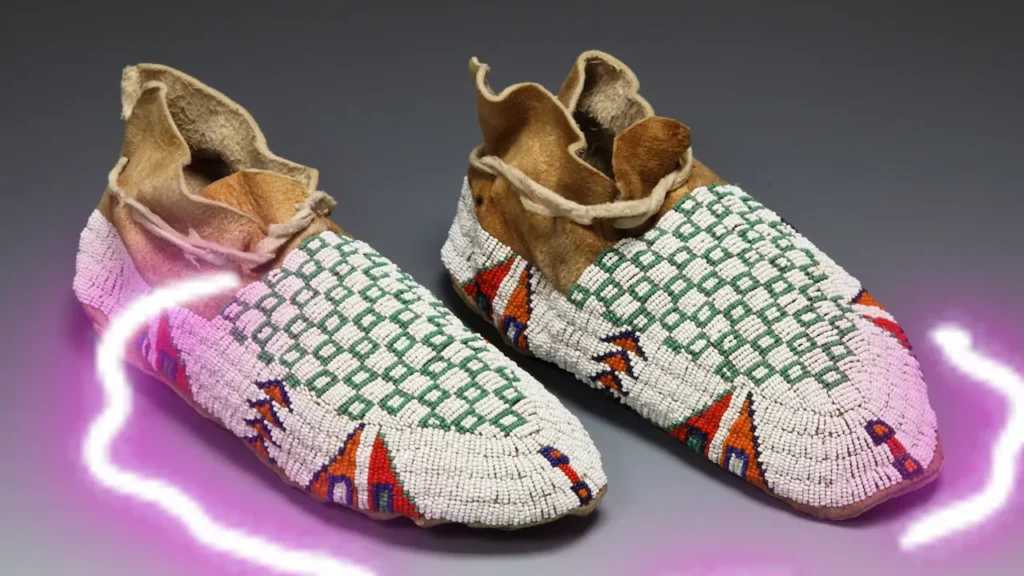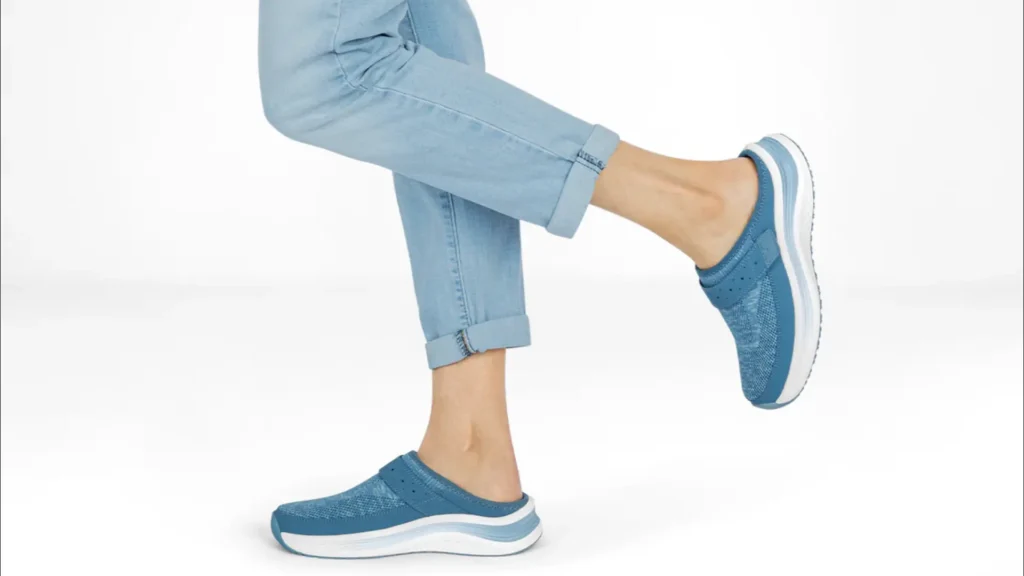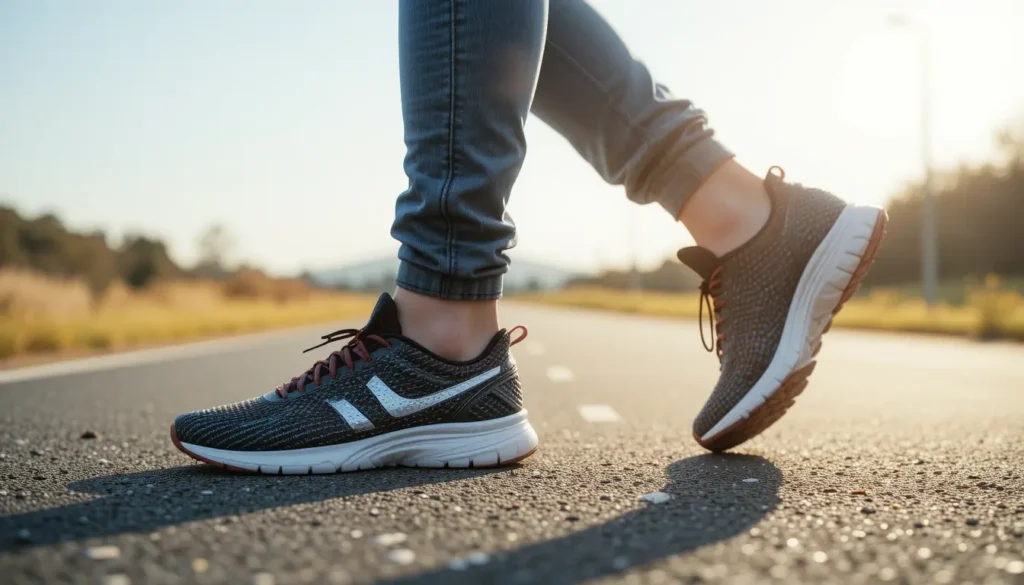Have you ever walked barefoot on warm sand, feeling every grain shift beneath your toes? For Indigenous Australian communities, this connection to the earth is more than a fleeting sensation—it’s a way of life.
Traditional footwear, or often the lack thereof, tells a story of survival, culture, and deep respect for the land. In this article, you’ll discover how Indigenous Australians crafted footwear, why going barefoot was often preferred, and what these choices reveal about their bond with Country.
This journey will take you across deserts, coasts, and forests. You’ll feel the weight of history in every step.
The Barefoot Tradition: Why No Shoes?
Picture yourself running across a rocky outcrop, your feet toughened by years of contact with the earth. For many Indigenous Australians, barefoot living was not just practical but spiritual.
Shoes were rarely used in traditional times. The land itself—its textures, temperatures, and rhythms—guided their steps.
Going barefoot allowed a direct connection to Country. It was a way to feel the pulse of the earth, to navigate with precision, and to honor ancestral paths.
Feet became naturally resilient over time. They adapted to scorching sands, sharp rocks, and thorny scrub with remarkable ease.
This wasn’t about toughness alone. It was about trust in the land to guide and protect.
When Footwear Was Needed: What Did They Use?
Have you ever wondered how people survived harsh terrains without modern sneakers? Indigenous Australians had ingenious solutions when footwear was necessary.
In desert regions, sandals made from bark or grass protected feet from blistering heat. These were lightweight, allowing agility while shielding soles.
In colder areas, like Tasmania, animal hides were wrapped around feet. Kangaroo or possum skins offered warmth and grip on slippery rocks.
Coastal communities used woven plant fibers for their shoes. These were breathable, perfect for sandy shores or muddy mangroves.
Some groups crafted temporary pads from leaves or soft bark. These were used for short, intense journeys over rough ground.
Each material was chosen with care. It reflected the environment and the community’s deep knowledge of local resources.
Imagine sitting under a shady tree, weaving grass with hands that know every twist and knot. For Indigenous Australians, making footwear was an art form steeped in tradition.
Women led the crafting process. Their skills turned raw materials into functional yet beautiful pieces.
Sandals were woven tightly to withstand rough terrain. Hide wrappings were softened with oils or chewed to ensure comfort.
Tools were simple—stones to cut, bones to pierce, or hands to shape. Yet the results were precise, tailored to the wearer’s needs.
Crafting was a communal act. Stories were shared, laughter echoed, and knowledge passed down through generations.
Every piece was unique. It carried the maker’s care and the wearer’s purpose.
What do your shoes say about you? For Indigenous Australians, footwear—or its absence—was a badge of identity.
Going barefoot signified freedom and harmony with the land. It was a rejection of confinement, a way to stay grounded in every sense.
When footwear was worn, it carried cultural weight. Specific designs or materials could mark a person’s role, status, or connection to a place.
In some communities, only certain individuals wore crafted footwear. Elders or ceremonial leaders might don decorated sandals as a sign of authority.
In ceremonies, footwear might be adorned with ochre or feathers. These were not just practical but sacred, linking the wearer to ancestors.
Footwear told stories of belonging. It was a quiet but powerful expression of who they were.
Connection to Country: Walking the Ancestral Paths
Have you ever felt a place call to you, as if it knows your name? For Indigenous Australians, every step on Country is a conversation with the past.
Walking barefoot allowed them to read the land. They felt changes in soil, sensed water nearby, and followed subtle animal tracks.
Footwear, when used, was designed to maintain this connection. Bark sandals or hide wraps left minimal impact, honoring the earth’s surface.
This respect for Country shaped their choices. Footwear was never about dominating the land but moving in harmony with it.
Every path was sacred, etched with meaning. Each step retraced the journeys of ancestors, keeping Dreamtime stories alive.
The land wasn’t just a place to walk. It was a living archive of culture, memory, and survival.
Environmental Adaptation: Surviving the Elements
Australia’s landscapes are as diverse as they are unforgiving—scorching deserts, dense rainforests, rugged mountains. How did Indigenous Australians protect their feet in such extremes?
In the arid outback, thick bark sandals shielded against ground too hot to touch. They were discarded when worn out, returning to the earth naturally.
In wet rainforests, woven fiber shoes prevented slips on slick roots or moss. These dried quickly, avoiding rot in humid air.
In rocky regions, toughened soles were often enough. But for long journeys, hide wraps cushioned against sharp stones or jagged cliffs.
In coastal areas, shells or coral could tear unprotected feet. Woven sandals or leaf pads offered a lightweight barrier.
Their footwear was a testament to resilience. It showed an intimate understanding of survival in every climate and terrain.
Gender and Roles: Who Wore What?
Did you know that footwear could reflect your role in a community? In Indigenous Australian societies, gender often influenced footwear use.
Men, often hunters, preferred barefoot travel for stealth and speed. Their feet were their tools, honed for tracking and chasing game.
Women, who gathered plants or crafted goods, sometimes wore sandals. These protected their feet while carrying heavy loads over long distances.
Elders might wear softer hide wraps for comfort. Their footwear reflected their respected status and need for ease in daily life.
Children often went barefoot, learning the land’s textures from a young age. This built resilience and a lifelong connection to Country.
Footwear wasn’t just practical—it mirrored social roles. It was a quiet language of responsibility, duty, and purpose.
Footwear in Rituals
Imagine stepping into a sacred circle, your feet adorned with woven fibers dyed in ochre. In Indigenous Australian ceremonies, footwear could hold profound meaning.
Special sandals or wraps were crafted for rituals. They might be decorated with feathers, shells, or natural pigments in intricate patterns.
These weren’t everyday items. They were reserved for moments of spiritual significance, like initiations, corroborees, or healing rites.
Wearing them connected the wearer to ancestors and the Dreamtime. It was a way to honor the past and carry its stories into the present.
Even barefoot steps in ceremonies had purpose. They grounded the dancer in the earth’s energy, amplifying the ritual’s power.
The choice of footwear—or none—was deliberate. It wove the physical and spiritual into a single, sacred act.
Colonial Impact: A Shift in Traditions
What happens when your way of life is disrupted? European colonization brought profound changes to Indigenous Australian footwear practices.
Western shoes were introduced, often forcibly. Missionaries and settlers saw barefoot living as “uncivilized,” pushing leather boots or cloth shoes.
These were heavy, hot, and impractical for Australia’s terrains. They disconnected people from Country, disrupting spiritual and practical bonds.
Some communities adapted, incorporating new materials like cloth or rubber into traditional designs. Others resisted, clinging to barefoot traditions as an act of defiance.
Children in missions were often forced to wear shoes. This stripped away their natural resilience and connection to the land.
This clash wasn’t just about shoes. It was about identity, autonomy, and the right to live in harmony with Country.
Emotional Connection: What Footwear Teaches Us
Close your eyes and imagine the feel of earth beneath your feet. Indigenous Australian footwear—or its absence—invites you to reconnect with the world around you.
It’s a lesson in simplicity. You don’t need much to thrive, just knowledge and respect for your environment.
It’s a call to listen. The land speaks, if you’re willing to feel its rhythms and respond.
It’s a reminder of community. Every woven sandal or hide wrap was made with care, tying people together across generations.
It’s about resilience. Indigenous Australians adapted to every challenge, from searing heat to colonial pressures, with grace.
Most of all, it’s about belonging. Whether barefoot or shod, they walked as one with their Country, rooted in its story.
Preserving traditional footwear isn’t easy. Have you ever tried to learn a skill passed down through generations?
Urbanization pulls younger generations to cities, away from traditional practices. Fewer people learn to weave, tan hides, or select the right plants.
Environmental changes also threaten. Overharvesting of bark or animals can limit materials, while climate shifts alter plant growth.
Elders are working tirelessly to pass on their knowledge. Cultural centers and schools now teach these skills, but funding is often scarce.
Language barriers add complexity. Some crafting terms exist only in Indigenous languages, which are at risk of fading.
Every sandal woven today is a small victory. It’s a step toward keeping a vital piece of culture alive for future generations.
Modern Revival: Reclaiming Traditions
Today, Indigenous Australian artisans are breathing new life into traditional footwear. Have you ever seen a pair of handwoven sandals at a cultural festival?
Workshops across Australia teach younger generations to weave bark or spin fibers. These skills keep ancestral knowledge alive and vibrant.
Contemporary designs blend old and new with stunning results. You might find sandals with modern patterns or hides dyed in vibrant, non-traditional colors.
Some artisans sell their work at markets or online. This provides income while sharing their culture with a wider audience.
These creations are more than fashion. They’re a statement of resilience, pride, and cultural continuity in a modern world.
When you see them, you’re witnessing history reborn. It’s a reminder that traditions can endure, even in the face of change.
Did you know Indigenous Australian footwear is inspiring designers worldwide? Its simplicity and sustainability are catching global attention.
Bark sandals and woven fibers are biodegradable. They leave no waste, unlike synthetic sneakers piling up in landfills.
Fashion brands are taking note. Some collaborate with Indigenous artisans to create eco-friendly shoes that honor traditional methods.
These partnerships must be respectful. Too often, Indigenous designs are copied without credit or compensation.
When done right, this influence is powerful. It shares Indigenous wisdom while pushing the world toward sustainable practices.
When you wear sustainable shoes, you’re part of this story. You’re walking a path toward a greener, more equitable future.
Stories are the heartbeat of Indigenous Australian culture. Footwear, or its absence, often plays a role in these tales.
Dreamtime stories might describe heroes walking barefoot across vast deserts. Their steps create rivers or mountains, shaping the land.
In other tales, crafted sandals carry a character through a sacred journey. The footwear itself becomes a symbol of endurance or purpose.
Oral storytelling passes these narratives down. Each telling reinforces the importance of footwear in cultural identity.
When you hear these stories, you’re invited into the narrative. You’re asked to walk alongside the ancestors, feeling their journey.
This tradition continues today. Modern Indigenous artists weave footwear into songs, paintings, and films, keeping the story alive.
Tourism and Cultural Sharing
Have you ever visited a cultural site and felt history come alive? Indigenous Australian communities are sharing their footwear traditions with visitors.
Cultural tours in places like Arnhem Land or the Kimberley teach about traditional crafting. You might even try weaving a sandal yourself.
Museums display ancient footwear alongside modern creations. These exhibits show the continuity of Indigenous ingenuity.
Tourism can bring income to communities. It also fosters understanding, breaking down stereotypes about Indigenous life.
But it must be done with respect. Visitors are guests on Country, invited to learn, not to take.
When you engage, you’re building a bridge. You’re walking together toward mutual respect and appreciation.
Traditional footwear in Indigenous Australian communities is more than protection—it’s a bridge to the past. It carries stories of resilience, ingenuity, and an unbreakable bond with Country.
Every woven sandal, every hide wrap, every bare step holds meaning. These are not just objects but vessels of culture, identity, and survival.
Next time you slip off your shoes and feel the ground, think of those who walked barefoot for millennia. Their steps echo in the dust, the sand, the stone.
Let their wisdom inspire you. Walk lightly, listen closely, and honor the earth beneath your feet.
Their legacy is a gift. It reminds you that every step you take is part of a larger story—one of connection, care, and continuity.




